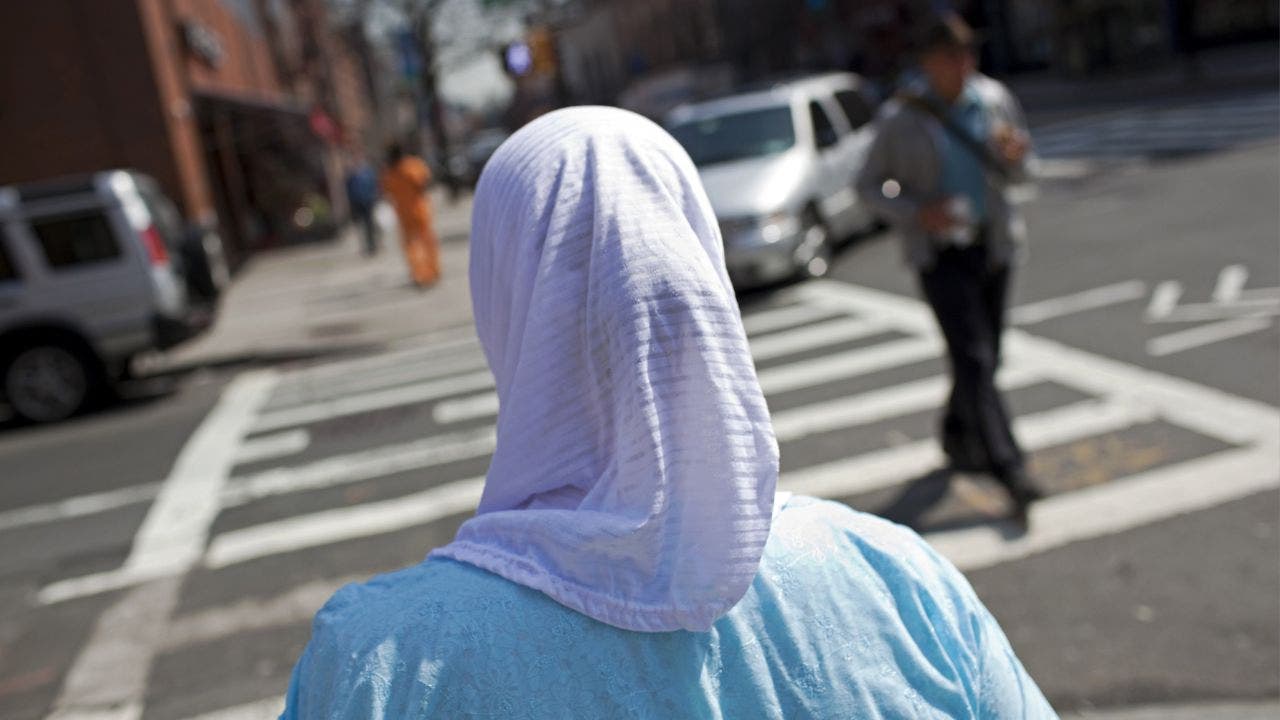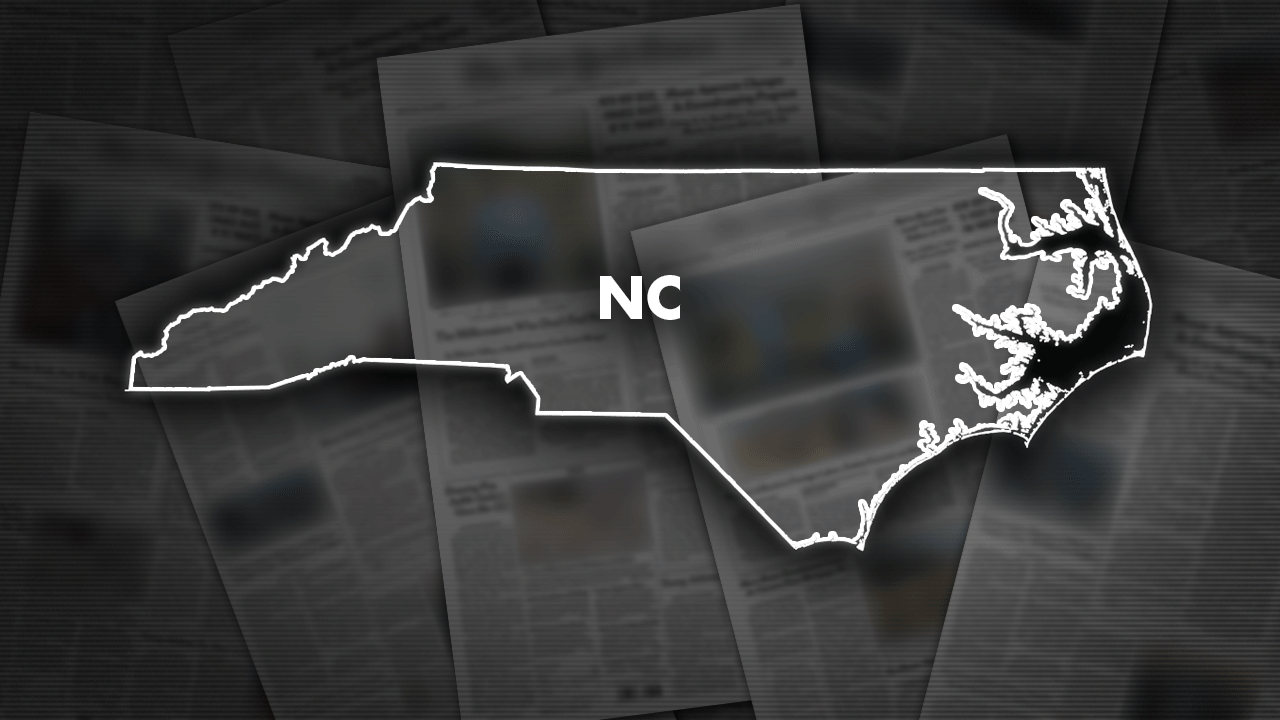In the coming days, Congress may advance a bill to ban TikTok or force its sale to an American company. Politicians in both parties call the app a threat to national security. But its reach is felt most acutely in our culture. Since it first arrived in the United States in 2018 (after merging with another app), its 15-second gulps of entertainment have become a fixture in the lives of tens of millions of Americans — including those who’ve never opened the app.
The engine that powers this juggernaut is TikTok’s recommendation algorithm, which figures out what users like and populates a customized feed of addictive videos. It’s called the For You Page, or FYP. It was not built to connect people with friends, the way Facebook, Instagram and Snapchat were. It was built to entertain.
As the app fights the most serious threat yet to its autonomy, my colleagues and I explored the ways that its innovation has reshaped American lives. In today’s newsletter, I’ll spotlight a few of them.
-
Hollywood. The film industry at first ignored and feared TikTok. But it eventually embraced the platform as a marketing tool for a new generation of moviegoers. The Sony romantic comedy “Anyone But You” drew a weak $8 million in ticket sales over Christmas weekend, my colleague Brooks Barnes, who covers Hollywood companies, writes. But “the movie turned into a full-fledged hit ($219 million) after TikTok users (at the urging of Sony) began making videos of themselves re-enacting the credit sequence.” The app is virtually a “ticket-selling machine,” he writes.
-
Schools. A few schools have removed bathroom mirrors because so many students were leaving class to film TikTok videos there. These clips constitute “a TikTok genre, dating back at least five years, in which students use school bathrooms as film sets for dance routines, lip-syncing clips or critiques of unclean lavatories,” my colleague Natasha Singer, who covers tech use in schools, writes. School bathrooms have also become “arenas to stage, film and post videos of bullying, physical assaults on schoolmates and acts of vandalism.”
-
News. For 14 percent of American adults, TikTok is a regular news source, up from 3 percent in 2020. People who don’t have traditional backgrounds in journalism, akin to bloggers for the TikTok era, aggregate and share information in snappy videos. Traditional news outlets are scrambling to catch up — and fretting about accuracy and context. Organizations including The New York Times are also making short-form videos in which reporters talk to the camera about their stories, the TikTok way.
-
Cooking. Recipes got a makeover on TikTok, as creators depart from static images and step-by-step instructions. My colleague Becky Hughes, NYT Cooking’s social media editor, writes that traditional recipes have given way to looser concepts. That has helped create trends like eggs fried in a puddle of pesto, sandwich fillings chopped into a homogenous mixture and mini pancakes served like cereal, she says. “The most shareable recipes are the ones that you can watch once, then turn around and make — no measurements, bake times or reading needed,” she writes. “Just dump, stir, like, follow, repeat.”
Our story also chronicles how TikTok has prompted self-diagnoses of ADHD and replaced window shopping at the mall. My colleagues looked at the app’s knack for spreading conspiracy theories, its fight with Taylor Swift’s record label and the secrecy around its algorithm. We hope you’ll spend some time on these articles, even if it’s only to check how many TikTok “microtrends,” such as glazed-donut skin and sleepy-girl mocktails, you’ve heard of.
Taylor Swift’s new album, “The Tortured Poets Department,” is out today, and fans who want to own a physical copy have no shortage of options. On Swift’s website, you can buy vinyl, CD, and even cassette versions. She offered autographed LPs, though those quickly sold out. One retailer is selling four separate CDs, each with a different bonus track.
As streaming cuts into the sales of records, many artists are trying to lift revenues by marketing albums as collectibles. “The music industry is trying to figure out how to maximize superfans and give them more of what they want,” Dan Runcie, an industry analyst, said.
More on Swift
-
“She sounds confused, bitter, raging, vulnerable, yet more gloriously chaotic than we’ve ever heard her before”: Read Rolling Stone’s review of the album.
-
Swift’s album arrived amid a promotional blitz. Sirius XM added a Swift radio station, Apple Music used her lyrics in a word game, and Spotify erected a Swift-branded “library installation” in L.A.
-
Swift’s album has come out nearly a month after Beyoncé’s new release. Rather than competing over the charts, the two superstars are giving each other some space.







